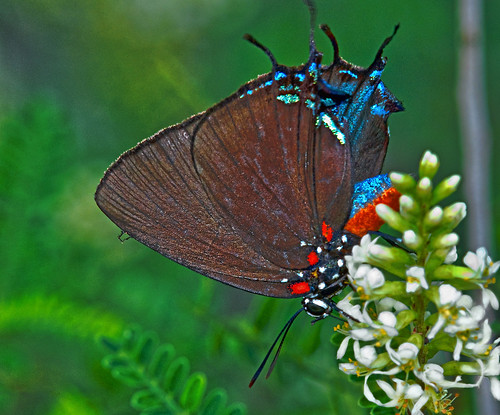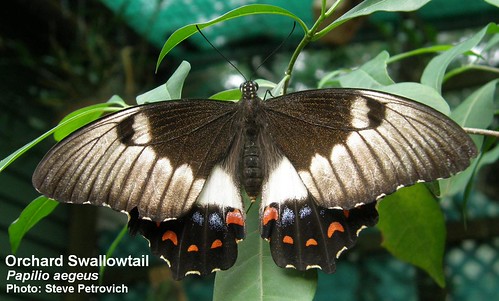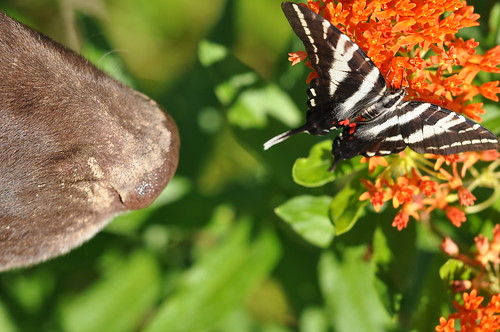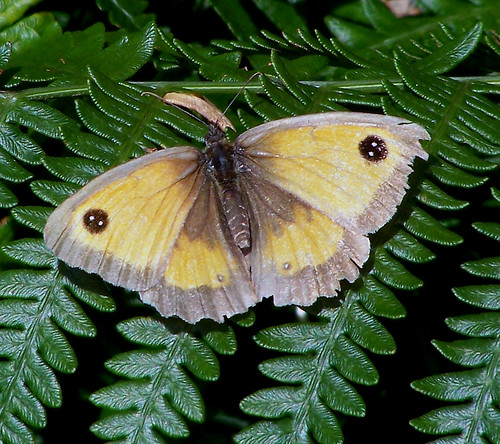The Small Copper, American Copper or the Common Copper, Lycaena phlaeas, is a butterfly of the Lycaenids or Blues family. It is a common and widespread little butterfly easily identifiable in the UK. (There are similar species in continental Europe.)
The upperside forewings are a bright orange with a dark outside edge border and with eight or nine black spots. The hindwings are dark with an orange border. Some females also have a row of blue spots inside the orange border and are known as form caeruleopunctata.
The undersides are pattenered in a similar way but are paler. The black spots on the forewings are outlined in yellow and the dark colouring is replaced by a pale brownish, gray. The hindwings are the same brown/grey colour with small black dots and a narrow orange border. The caterpillars (larvae) are usually green, but some have a purple stripe down the middle of the back and along each side.
It is widespread and common across Europe, Asia and North America, and also found in North Africa south through Ethiopia.
It can be found almost anywhere in south/central England and Wales although never, it seems, in large numbers. Its distribution becomes more patchy in northern England, Scotland and Ireland.














